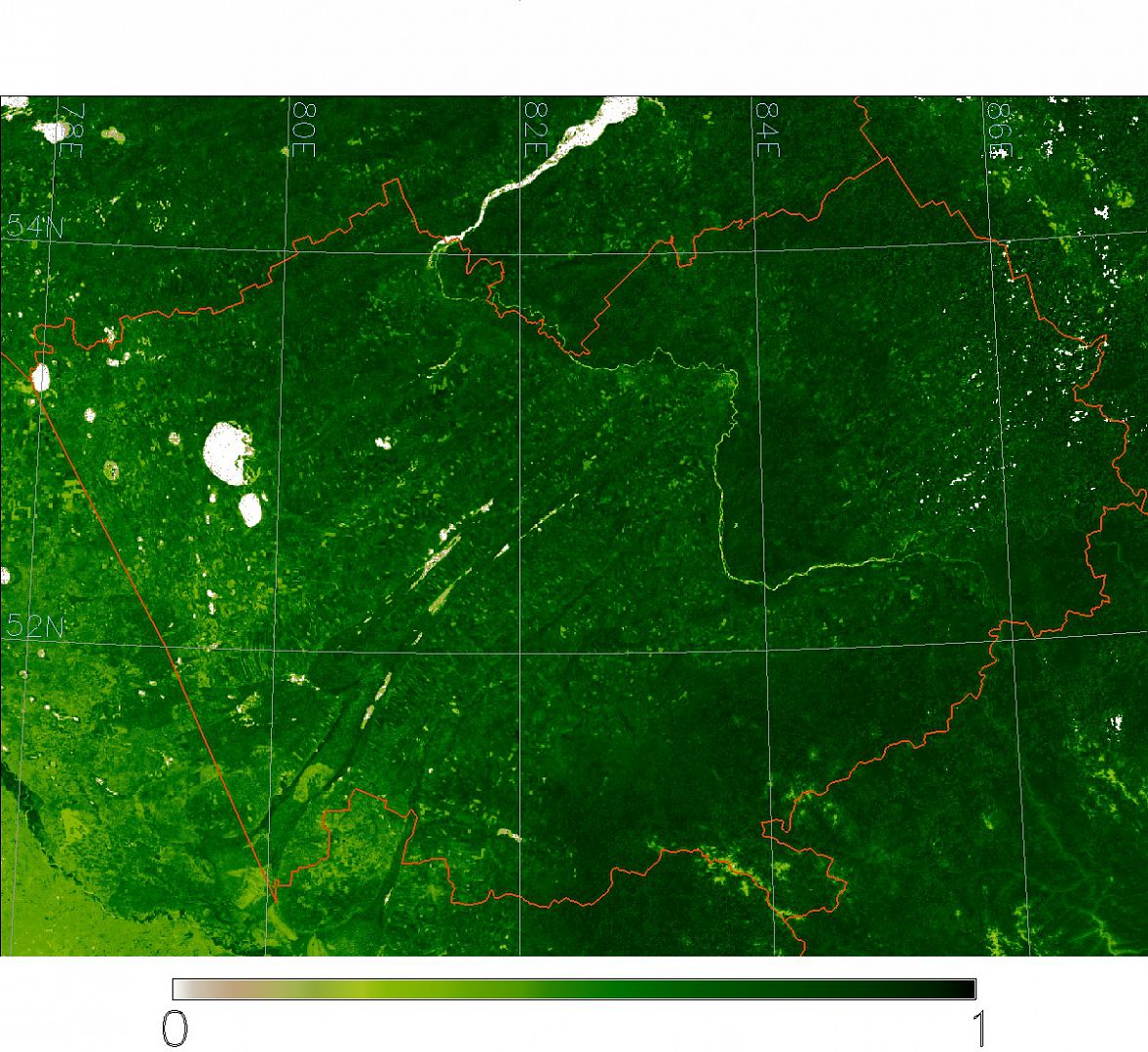AltSU physicists assist in doing tasks of the agro-industrial complex of Altai Krai
 In 2002, a space monitoring laboratory was created at AltSU jointly with the Ministry of Emergency Situations. It processes digital data from Russian and American satellites. On its basis, natural disasters, fires and floods are predicted and prevented. But the information received can be applied much more broadly, as told Egor Mordvin, associate professor of the Department of Radiophysics and Theoretical Physics.
In 2002, a space monitoring laboratory was created at AltSU jointly with the Ministry of Emergency Situations. It processes digital data from Russian and American satellites. On its basis, natural disasters, fires and floods are predicted and prevented. But the information received can be applied much more broadly, as told Egor Mordvin, associate professor of the Department of Radiophysics and Theoretical Physics.
In simple terms, AltSU's laboratory can see what is growing on a field and what changes are taking place throughout the year. Scientifically, the first task of the grant included the development of a software package for obtaining data on the normalized vegetation index (NDVI). The index is used to estimate the vegetation cover density and the dynamics of the development of agricultural crops.
The second task was to build a chain of data processing telling about the temperature of the soil surface, whether there is frost, and how it is warmed up. It works like this: a space satellite, flying over Altai, registers the radiation of the earth's surface, then transmits the readings to the antennas of the “M” building, where they are already decoded by the computer. These measurements can enable the administration to make decisions about assistance to affected farmers.
Such practices of the space laboratory of Altai State University are not the full potential of satellite monitoring. According to Egor, the development of technologies will provide forecasting of yields, which has long been observed in European countries.